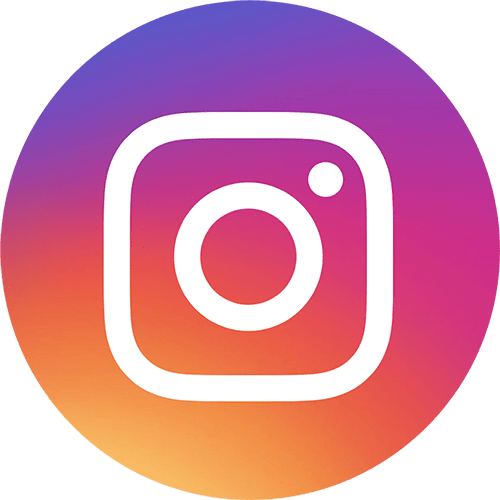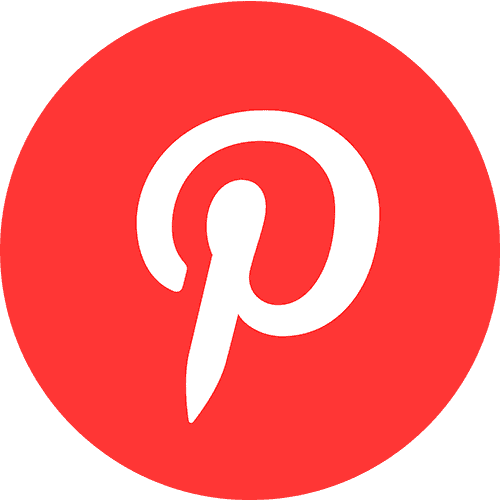For years, I’ve been talking about how important personal branding is, but let’s not get confused by the semantics. Your personal brand is your reputation, and your reputation in perpetuity is the foundation of your career.
[bctt tweet=”Your personal brand is your reputation. And your reputation in perpetuity is the foundation of your career.” username=”garyvee”]
People don’t understand this: Playing the long game and building your reputation always plays out in your favor. The issue is that people see others getting ahead in the short term and think that’s the way to go. Instead of being patient, they go for quick sales. They keep trying to convert customers on the first interaction. They try to extract money, instead of creating an experience. What these people don’t see is that that short-term “progress” is often at the expense of long-term personal brand health — and so, they get tricked.
Your brand is about how someone feels in the moment when they interact with you or your business. You all have emotions you feel in reaction to names like “Coca-cola,” “IBM,” or “McDonald’s.” Whether good or bad, you have a reaction. When you hear my name, you probably get a feeling too (which I hope is positive).
If you had to put it into words, I hope you’d say, “Gary Vaynerchuk, the guy who gave more than asked,” or something along those lines. I want you to think of me as someone who gave massive amounts of value. This is the idea around which I build my brand.
The best companies in the world don’t sell — they brand. For example, Apple never tries to “convert” you into buying an iPhone. Instead, they paint a picture of the “iPhone experience.” They focus on branding. I do the same.
I’m not saying you should never sell…but your personal branding strategy is a disproportionately valuable factor that most people just don’t focus on. In this article, I’ve put together a mashup of personal branding strategies, tips, and advice I’ve talked about over the years. If you’ve ever asked yourself, how do I build my personal brand online? How do I brand myself on social media?…keep reading — I hope you get a lot of value from it 🙂
1. Good Intent Wins in a Transparent World
In a world with all these social networks, everything is transparent. Everything you do is captured with YouTube, Facebook, Instagram, Snapchat, Twitter, TikTok, etc. Every part of your movement is on record and anything you do will be exposed and unraveled.
For this reason, you can’t have “multiple personalities” anymore. It’s no longer realistic to have a different persona for business, family, and everything else. In today’s world, you are who you are. I talked about this first back in 2008, and it’s even truer today.
In an environment like this, people who have good intentions are going to win, and — you guessed it — people who come from a bad place are going to lose. The internet is going to expose all of us, so think long and hard about what your intentions are and who you want to be to the world.
2. Have a Media Company Mentality
There is no reason to do anything other than act like a media company in today’s digital age. People haven’t fully grasped the attention shift we’re living through. Why? Over the past 70 years, we’ve seen businesses sell to us constantly; there wasn’t much free content — and it makes sense. Businesses of the past just didn’t have the kinds of opportunities we have now. It was expensive to create a commercial, put up a billboard, or run ads on radio… and it still is.
Now, however, you can produce as much content as you want across social media platforms. This has paved the way for a new type of marketing. Instead of selling constantly, you can now create helpful, educational, entertaining content and use it to get sales long-term. The amazing thing is, the content you create doesn’t even have to be related to what you’re selling.
For example, in this interview I did with Keith Ferrazzi, an audience member asked me how to create content for a legal business:
The answer I gave her was a bit rogue. I pitched her on starting a website about golf — totally unrelated to legal services. I knew it would change her business if, say, in every seventh post, she promoted her actual business while using golf as the “gateway drug” to attract an audience.
3. Hack Culture and Buy Ads to Distribute Content
When people ask me about my mistakes and regrets, I struggle to come up with good answers. It’s not that I don’t make mistakes, I’m just incapable of remembering and dwelling on them. That being said, there is one thing I do regret: Not spending enough money on Google Adwords.
I built my dad’s liquor business from three to $60 million on the back of Google Adwords. I bought keywords like “wine” for pennies on the dollar when they were underpriced — but if I had spent more, I would have grown it to hundreds of millions. Since those days, Facebook and Instagram became the underpriced platforms — today, it’s LinkedIn. It’s amazing to me how many people aren’t taking advantage of the opportunity.
When people ask me about my mistakes and regrets, I struggle to come up with good answers. It’s not that I don’t make mistakes, I’m just incapable of remembering and dwelling on them.

Find a way to promote your content through ads. If you don’t have any money to invest, flip something on eBay, take that money, and run ads with it.
The second way to get attention is by hacking culture. If you can understand what’s truly relevant in culture, you can create unbelievable opportunity for yourself. Culture hacking deserves its own blog post, but the best advice I can give here is to take advantage of influencer marketing.
Message anyone who’s got 500-1000+ followers. See how you can add value. Hit them up on Instagram DM. If you’ve got a restaurant, you can offer them a personalized coupon for free food. If you’ve got a plumbing service, give them a free evaluation. Message them, connect, add value, and in return, they might give some awareness to your brand.
4. Know What You’re Talking About
Being a personal brand for the sake of being a personal brand is usually the quickest way to not be a personal brand. The first step to building a brand is to be self aware about what you have to add to the conversation. You have to understand what you do and the things you want to talk about.
I’ve talked a LOT for the past decade, but within a very narrow area. I haven’t talked about healthcare or geopolitical issues. I haven’t added my two cents to every pop culture situation. I talk about the things I know — communication in a modern world.
If you’re not an expert yet, you can talk about your process of becoming an expert. Document the journey.
5. Document Over Create
If you want to be heard on social media, you have to put out a LOT of content. You should be doing a long form vlog or podcast at least once a week. You should be posting on Instagram and Snapchat at least 6-7 times a day.
Now, that sounds like a lot…and it is. But here’s one great piece of advice that’ll help. Document. Don’t create.

Think of it like Keeping Up with the Kardashians vs. Star Wars and Friends. One is more practical to create, while the other takes some creativity in coming up with stories. The first is simple for most people (including myself). The second is harder. You can go through the process of fabricating your life on the internet to make yourself seem like an “expert” — or you could just be yourself.
One of the biggest mistakes that people make when building their personal brand is trying to “oversell” themselves. They front. They try to act bigger than they actually are. The reality is, it’s much more valuable to talk about the process than the advice you think you should be giving people.
Ultimately, the game is simple, my friends. Know what you’re talking about, put out content around it, and run ads. Watch what happens to your personal brand / business.
6. Show Different Sides of Your Personality
The reason so many influencers get commoditized is because they only show one side of their personality. For example, if you’re an attractive fitness model on Instagram, brands that are looking to sponsor you will put you in the same “bucket” as all the other attractive fitness models on Instagram.
A lot of influencers are scared to post different sides of their personality because those posts won’t get as much engagement. If their followers are following them for one thing (i.e. fitness), they won’t always like it when they post about something like food, travel, or business…but it’s something that will change the course of your personal brand.
Even if you’re not an “influencer” looking to get brand sponsorships, showing different aspects of your personality will get people more invested in your journey. It shows your targeted audience who you are. Even if a number of people stop following you or stop engaging, 30% of your audience will start looking up to you in a different way.
That’s the key to positioning your brand in a way that separates you from everybody else in your space.
7. Prioritize Your Brand Over Sales
My entire company is a “mistake” on paper. The entire VaynerX machine — PureWow, One37pm, all of it — is not smart for me to do. It doesn’t help my short-term finances.
As an entrepreneur, I’m in the prime of my career right now. I’m in my 40s. I worked hard to set a great foundation for myself in my 20s by building my dad’s liquor store to a $60 million revenue business, and I grew VaynerMedia to $150 million+ in revenue in a short period of time also. It’s taken an enormous amount of discipline for me to spend my late 30s and early 40s building a “framework” for the rest of my life, especially since we’ve had a great economy for the last decade.
It would’ve been a lot “smarter” for me to monetize my information, sell courses, start a mastermind, and be more aggressive with monetizing my audience. Why don’t I? It’s because I know that prioritizing my overall brand over short-term sales is what will bring me more respect, admiration, and wealth in the long run.
It’s what I encourage all of you to do. While you’re running ads to convert sales, you need to equally be spending time on branding activities that bring you zero ROI in the short-term — things like doing podcast interviews on other people’s shows, hosting events, and more.
8. Be Your 100% Authentic, True Self. Don’t “Water it Down” in Any Shape or Form
In my 30s, I grew a YouTube show around my family’s liquor business called Wine Library TV. On that show, I talked to people about wine. I would describe wines in ways that nobody else did at the time. I said certain wines tasted like Whatchamacallit bars, or that a particular wine tasted like someone opened a racquetball case. None of the wine “thought leaders” at the time had described wine in this way. Describing wines the way I did lowered the amount of “reach” I had with Wine Library TV. It wasn’t something that the Food Network or other TV shows were receptive to in the beginning, but it was me.
I still leave money on the table to this day because I care about authenticity over short-term dollars. The fact that I curse so much in so many of my videos limits the number of speaking gigs I can get. But I’m from New Jersey; cursing is just part of how I talk — so I refuse to water it down.
The truth is, people who are “fake” will never last. It’s like hip hop artists who fizzle out after having one or two big hits. It’s like entrepreneurs who call themselves CEOs and look the part but don’t actually know how to run a business.
The best strategy for building a personal brand is to be 100% “you,” without watering down your personality in any way.
9. Be Smart About How You Distribute Your Brand’s Content
I put out a massive 86-page deck talking about how I create and distribute content around my personal brand. There are a lot of moving parts, but ultimately, this is the core piece:

Source: GaryVee Content Strategy
“Pillar content” refers to the long-form audio or video show that you use to derive all other content. It could be a vlog, a talk, a podcast interview, or any other long-form piece that you can turn into more audio/video/written content.
For my brand, the pillar content shows are:
- DailyVee (my vlog)
- AskGaryVee (my business Q&A show)
- Tea with GaryVee (Fan Q&A series)
- PodSessions (a group podcast show where I talk to multiple guests)
- Influencer meetings (meetings I take with rappers, Instagram influencers, entrepreneurs, and more)
- Keynotes, interviews, and fireside chats
I’m a big fan of “documenting” your life over “creating” new content. A big reason why so many people struggle in building their personal brand is that they don’t have time. They don’t have time to sit down and write, record a podcast, or prepare and film a video. But if you just document your thoughts or your journey, you don’t have to spend a ton of time on your content. Plus, since “quality” is subjective, many of you would still get people interested in what you have to say.
Once you establish your pillar content, you can take pieces of that content to repurpose it. You can take a video clip and chop it up into “micro-clips” for Instagram. You could take powerful quotes from that clip and create pictures. You could transcribe the audio or video and publish it as a blog post.
For example, I did a video interview in 2018 on Travis Mills’ show.
From that video interview, I put out a “micro” video on Instagram from a clip I was particularly passionate about.
I would also take memorable quotes and turn them into pictures, and my writer would take clips of things I said and use them in articles.
Don’t get it twisted: this isn’t something you need a large team to do. Years before I ever hired a videographer, I was filming myself and creating content around my personal brand — whether it was through Wine Library TV or just handheld selfie videos.
10. Focus on Quality AND Quantity
When it comes to producing content, everyone always focuses on quality over quantity. I’m actually in the business of quality and quantity. Both are needed for a winning strategy.
Think of it this way: quality is subjective, quantity is not. When you make a piece of content and you don’t post it, it’s because you don’t think it’s good enough. You’re letting your subjective opinion stop you from putting something out in the world that other people might actually like. When we think about quality, we have to remember — yes, some things will hit the market better than others, but you can’t continue holding back from posting because you’re insecure about the quality. Make shit, put it out, and let the market decide on quality.
Quantity, on the other hand, is black and white. You have to put your reps in, and just through the act of honing that skill — creating hundreds of videos, blogs, captions, etc — you’re bound to get better. You just are; that’s how things work.
So it’s not a matter of quality over quantity or vice versa — it’s about using them both to improve your content and gauge your audience’s interest.
11. Offer High Value Content
That being said, whether you’re making one piece of content or 100, you should be providing value. That can be through education, inspiration, entertainment, whatever — but it needs to be giving something to your audience.
How do you figure out what your audience wants? I’ll tell you the secret: bringing value comes down to listening. When you put out content and people engage, what are they saying? What questions are they asking in your DMs or comments sections? What are they complaining about the most, or where are they seeking more clarity? You won’t be able to provide value to your audience if you don’t pay attention to their needs.
When you skip this crucial step, you end up deciding the value you’re going to give someone. When you do this, you’re not actually providing value at all — you’re just giving what you want to give. Anyone building a personal brand or business must ask themselves the question, What is Social Listening and Why is it Important?
12. Be Consistent
Many people struggle to build a strong personal brand, not because they aren’t capable or because their content sucks or they have nothing to contribute to the world…but just because they’re inconsistent. Are you willing to put in the work that it takes? Are you willing to put in your reps?
It takes work. It means showing up, not once in a while, not every week, but every day. There is so much competition for attention right now. The brands that stand out are the ones that show up consistently.
13. Add Your $0.02
Back to bringing the value, one of the best ways to do this while also building awareness of your brand is through commenting. Add your two cents to ongoing conversations within your industry as often as you can.
Many of you know about my $1.80 Strategy to Grow Your Business or Brand. Well, if you really follow that strategy, we’re talking about leaving your two cents on 9 posts for 10 different hashtags every single day. That’s 90 comments — and this is not even counting responding to comments on your own posts.
By engaging with other social media users in this way, you position yourself as an authority, an expert, or at least a person of interest. People will see your name and go, “who is this guy?” and then go look up your page. It’s one of the easiest ways to increase your brand visibility and attention, and yet not enough people are taking advantage.
14. Understand It’s a Marathon
Let’s talk about a common trap that people fall into when building a personal brand. They put in all the time and effort to make amazing content. They come up with a posting strategy and share their content consistently across platforms. They diligently respond to all comments and questions…and then they give up when they don’t see the number of likes, comments, and followers they expected.
Even if you do everything “right,” the numbers won’t necessarily reflect your effort. The good news is that these kind of vanity metrics don’t really matter. Building a brand isn’t about having a perfect aesthetic or an Instagram feed that looks like an art gallery. It’s about building a community who shows up because of the value you bring. Community building takes real time — and the only way to do it successfully is to keep going.
Don’t dwell on the followers you don’t have. Instead, focus on serving the ones you do have to the best of your ability.
15. Do the Work
Everyone wants to build a brand. Everyone wants to be a thought leader. Everyone wants to be an expert…but an expert in what? A leader of what? Before you get your name out there, make sure you have been (and continue to) put in the real WORK. That is what your brand will stand on.
Technology and social media accounts will help you grow your brand, but your brand is only as real as your execution. I’m not a “social media expert” because I woke up one day and decided that would be a fancy new title — it’s because I have years of experience using social media to build brand and generate real dollars. I have the receipts and most importantly the knowledge — the trial and error, wins and losses — to back it up. You have to earn your opportunity to be a personal brand, and the only way to do that is to actually execute.
Takeaways
I know that was a lot of information to process, but these are my tried and true recommendations for building a strong personal brand. I hope this blog helps you formulate your own method, now let’s recap:
- Good intent wins – The internet will tell all, so be clear on who you want to be to the world.
- Have a media company mentality – Thanks to the modern attention shift, it’s less about billboards and commercials and more about producing as much content as possible.
- Hack culture and buy ads – Put your money where your mouth is and invest in paid media and influencers to help you hack culture.
- Know your stuff – Talk about what you know; don’t talk about what you don’t know. Simple.
- Document over create – Don’t overthink it. Live your life, document everything, and post…at least 1x a week for longform content and 6-7 times a day for Instagram, Snapchat, etc.
- Show all your sides – You don’t have to fit in one bucket. Be you, diversify your content, and show your audience who you really are.
- Brand over sales – Some things won’t bring you ROI short-term but will build your brand over time.
- Be 100% authentic – “Fake” never wins. Don’t water yourself down to fit in – be you and let that be what sets you apart.
- Be smart about content distribution – It’s all about pillar content and repurposing. Get strategic across platforms.
- Quality AND quantity – Remember, quality is subjective, quantity is not. Put in your reps and let the market decide.
- Offer value – Ask questions, read comments, and let your audience fuel your content.
- Be consistent – You can’t build a brand if you’re not all-in. Show up for yourself and your audience every day.
- Add your $0.02 – As often as possible, leave your $0.02 under every relevant post and hashtag.
- It’s a marathon – Don’t worry about likes and followers; keep your head down and go the distance.
- Do the work – Make sure you’re an “expert” not just on social media, but in real life too. Don’t just build your brand, live it.
There’s an unbelievable opportunity right now to build your brand using social media…and it will go away…I hope you take advantage of it.
What did you think of this article? If you got value from it, share it on your favorite social media platform and leave your two cents!












